The Zapatista Barracks Museum is the Museo Comunitario Cuartel Zapatista in San Pablo Oztotepec in Milpa Alta.
Simply a big house, it was used as the headquarters of the Zapatista army during the Mexican Revolution. Led by Emiliano Zapata, the Peasant Revolution mostly in the state of Morelos was an extended agrarian movement. Many argue that it’s not entirely resolved, even today. Much of the south of Mexico City was involved in the conflict, and only benefitted as some of their rights to the land were restored in the 1920s.
Throughout the conflict, Zapata and his army took refuge in constantly changing places. On their way from Morelos to Mexico City, they found this house offered a strategic location. The house was used as a barracks and temporary headquarters in 1914. In 1998, those remembering the Zapatista cause turned the entire house into a museum.
Importantly, Zapata also ratified the Plan de Ayala here, too. The document called for substantial land reforms, and redistribution of lands to the peasants. The museum has a facsimile of the original manuscript. Letters and photos from soldiers in the army while they remained in the barracks make fascinating subject matter. Exhibit spaces are dedicated to preserving and showing the weapons, tools, ammunition, clothing, and everyday items from the time.
Local people are on hand to provided guided visits. They’re also experts on the history of the town, its legends, stories, and traditions. Just a few meters away from the Zapatista Barracks Museum is the Church Sanctuary of the Lord of Chalma. It’s one of several important churches in the town of San Pablo Oztotepec.
Hours:
Mondays through Fridays – 9 a.m. to 3 p.m.
 museocuartelzapatista@hotmail.com
museocuartelzapatista@hotmail.com
 +52 (55) 5862 1515
+52 (55) 5862 1515
 https://www.facebook.com/Museo-Comunitario-Cuartel-Zapatista-198334563632375/
https://www.facebook.com/Museo-Comunitario-Cuartel-Zapatista-198334563632375/
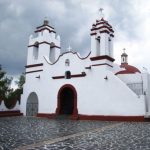
Nearest at 0.09 kms.

Nearest at 0.10 kms.
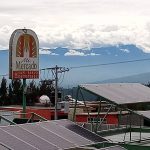
Nearest at 0.15 kms.
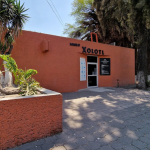
A spectacular little museum dedicated to the ancient Tenayuca ruins.

More than a wax museum, the Misterios collection is a thundering reverberation from the past . . .

A museum dedicated to the history of Mexican finance . . .
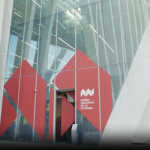
A museum dedicated to Mexico's long history of housing and living.
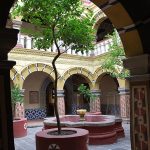
Not just the Museum of the Interventions and a fascinating military history, it's a fascinating monastery too.